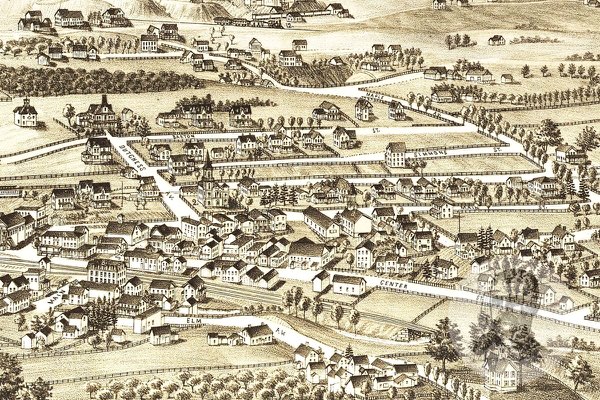History lies deep in the surroundings of Millerton, where buildings like the Millerton Inn, 52 Main, and The Moviehouse can be traced back to the village’s formation in 1851. Following its foundation, a number of factors contributed to Millerton’s growth and formal establishment as a village.
The region around Millerton was rich in iron ore deposits, leading to the formation of iron mines and forges in the 19th century. The iron industry played a significant role in the local economy and attracted workers to the area, employing a section of the local population. Due to dwindling resources and a growing global market, mining was rendered uneconomic and declined in the 20th century.
The 19th century also saw the arrival of the Harlem Valley Railroad, which connected Millerton to New York City. This enabled economic growth and more efficient transportation of people and goods, such as raw milk, lumber, and grain. Railroads also brought in city folk who sought natural benefits of the countryside and farms.
Millerton became a center for trade and commerce as businesses, mills, and factories emerged to take advantage of the improved transportation links. Prominent factories included E.N. Landon Feed Mill, which produced animal feed, and Hanford Eggleston & Co. Shirt Factory, which produced popular no-rip clothing. Millerton’s storied past remains etched into its streets and buildings, telling tales of a bygone era.
By Julia McMurray

